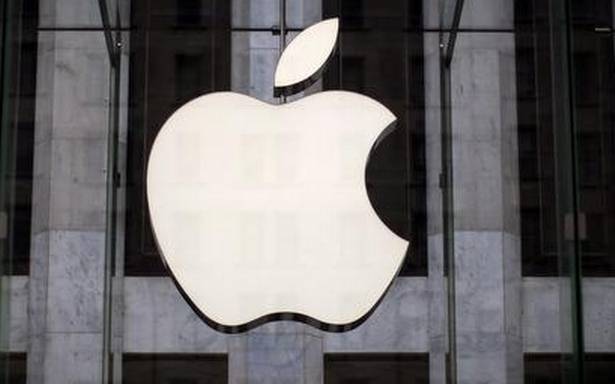Apple is not the first name that comes to mind when one thinks of a foldable smartphone. The rather experimental foldable smartphone market continues to be dominated by players such as Samsung, Xiaomi and other Chinese makers. Apple hasn’t been seen interested in the space, until now.
It seems that the Cupertino-headquartered tech giant has finally found the X-factor it needs in the form of E Ink’s Electronic Paper Display (EPD).
Ming-Chi Kuo, the noted Apple analyst, announced the news in a tweet. It read, “Apple is testing E Ink’s Electronic Paper Display (EPD) for future foldable device’s cover screen & tablet-like applications. The colour EPD has the potential to become a mainstream solution for foldable devices’ must-have cover/second screen thanks to its excellent power-saving.”
Apple has not confirmed the development, so it is still a shot in the dark. However, Kuo’s track record is on his side, making him one of the most reliable sources for all news Apple. And while his predictions may not always hit the mark, they are accurate enough to paint a solid picture of the company’s plans.
If Apple’s first foldable device does roll out with E Ink’s EPD, then it will help conserve the power of the device. This is an area E Ink excels in, something that Kindle users can relate to.
Kuo even believes that the colour EPD could become a mainstream solution for the cover/second screen of foldables of its excellent power saving, as was noted in the tweet. Most tablet-style foldables on the market today come with a large folding inner display and a smaller outer display, something the Samsung galaxy Z Fold 3 is an exception to with the use of OLED panels for both.
While the tech has not gone mainstream because of its several drawbacks, it is possible that Apple can iron out the wrinkles before integrating it into its foldable, however, that is still a long way to go.
Electronic ink displays are not a new technology, but it was not until recent generations of E Ink’s electronic paper that colour and a fast refresh rate and responsiveness arrived. Its E Ink Gallery 3 is a prime example of that, producing more colours at a higher resolution and a faster refresh rate (but is still not as responsive as an equivalent OLED or LCD panel.)
Apple’s first foldable will not be coming before 2025 at the earliest, so there is still time to find the chinks in the armour and rectify the issues. Who knows, maybe Kuo’s predictions will prove to be correct and electronic ink displays will become a viable alternative to flexible OLED screens.
The Tech Portal is published by Blue Box Media Private Limited. Our investors have no influence over our reporting. Read our full Ownership and Funding Disclosure →






